ST LYPR540AH MEMS三軸運(yùn)動檢測方案
ST 公司的LYPR540AH 是MEMS運(yùn)動傳感器,三軸模擬輸出陀螺儀, 具有偏航,傾斜和滾動模擬陀螺儀特性,三軸有單獨(dú)的輸出通路. LYPR540AH提供放大(±400 dps滿刻度)和不放大(±1600 dps滿刻度)輸出,-3dB帶寬檢測速率高達(dá)140 Hz,模擬工作電壓2.7 V 到 3.6 V,主要用在運(yùn)動和人機(jī)接口,健身設(shè)備,遙控制器,工業(yè)和機(jī)器人,個人導(dǎo)航設(shè)備.本文介紹LYPR540AH主要特性,方框圖和應(yīng)用電路圖.
本文引用地址:http://www.biyoush.com/article/196241.htmLYPR540AH: MEMS motion sensor: 3 axis analog output gyroscope
The LYPR540AH is a three axis yaw, pitch and roll analog gyroscope featuring three separate analog output channels.
LYPR540AH provides amplified (±400 dps full scale) and not amplified (±1600 dps full scale) outputs for each sensible axis available at the same time through dedicated pins, and is capable of detecting rates with a -3 dB bandwidth up to 140 Hz.
ST 3 axis gyroscope family leverages on robust and mature manufacturing process already used for the production of hundreds million micromachined accelerometers with excellent acceptance from the market.
Sensing element is manufactured using specialized micromachining processes, while the IC interfaces are realized using a CMOS technology that allows to design a dedicated circuit which is trimmed to better match the sensing element characteristics.
The LYPR540AH is available in plastic Land Grid Array (LGA) package. Several years ago ST pioneered successfully the usage of this package for accelerometers. Today ST has the widest manufacturing capability and strongest expertise in the world for production of sensors in plastic LGA package.
LYPR540AH 主要特性:
■ Analog supply voltage 2.7 V to 3.6 V
■ Wide extended operating temperature range (-40℃ to 85℃)
■ 3 indipendent angular rate channels
■ ±400 dps and ±1600 dps full-scale
■ High shock survivability
■ Embedded self-test
■ ECOPACK® RoHS and “Green” compliant
LYPR540AH 應(yīng)用:
■ Motion and man machine interface
■ Gaming and virtual reality input devices
■ Fitness and wellness
■ Pointing device and remote controllers
■ Industrial and robotics
■ Personal navigation devices

圖1.LYPR540AH 方框圖
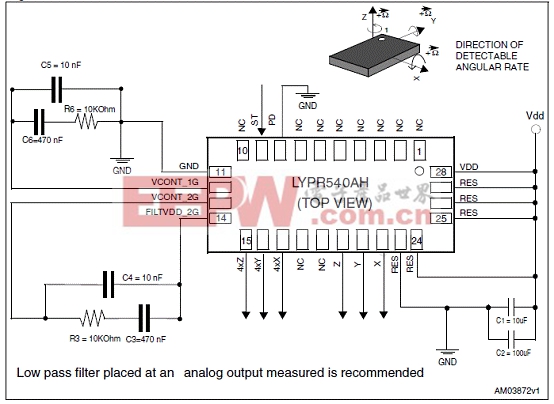
圖2.LYPR540AH 應(yīng)用電路圖





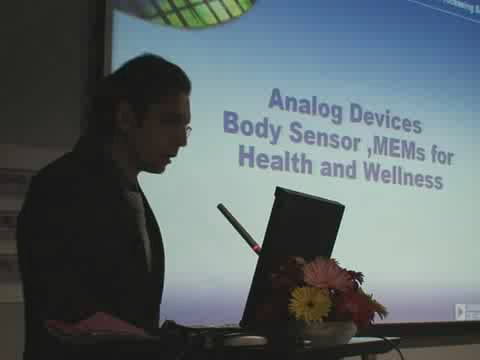


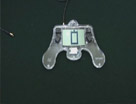
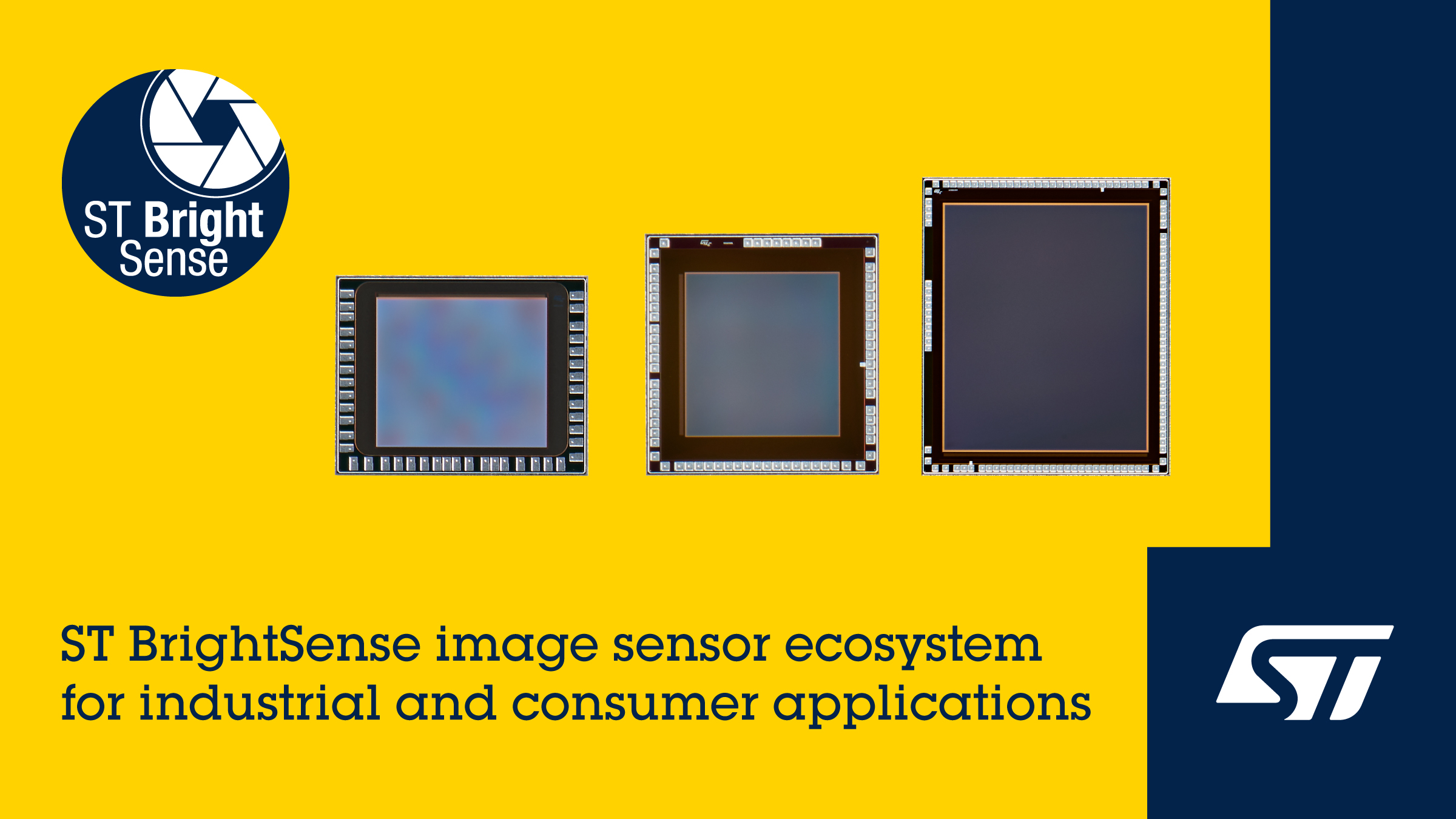


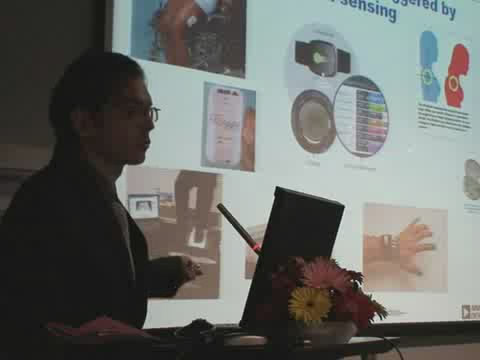
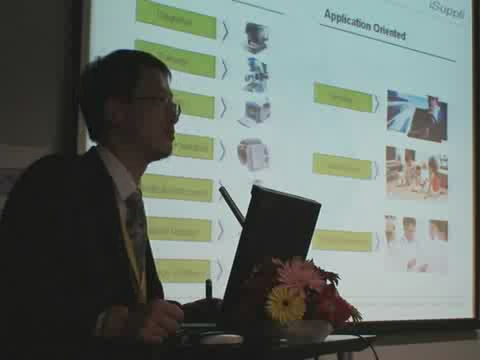
評論